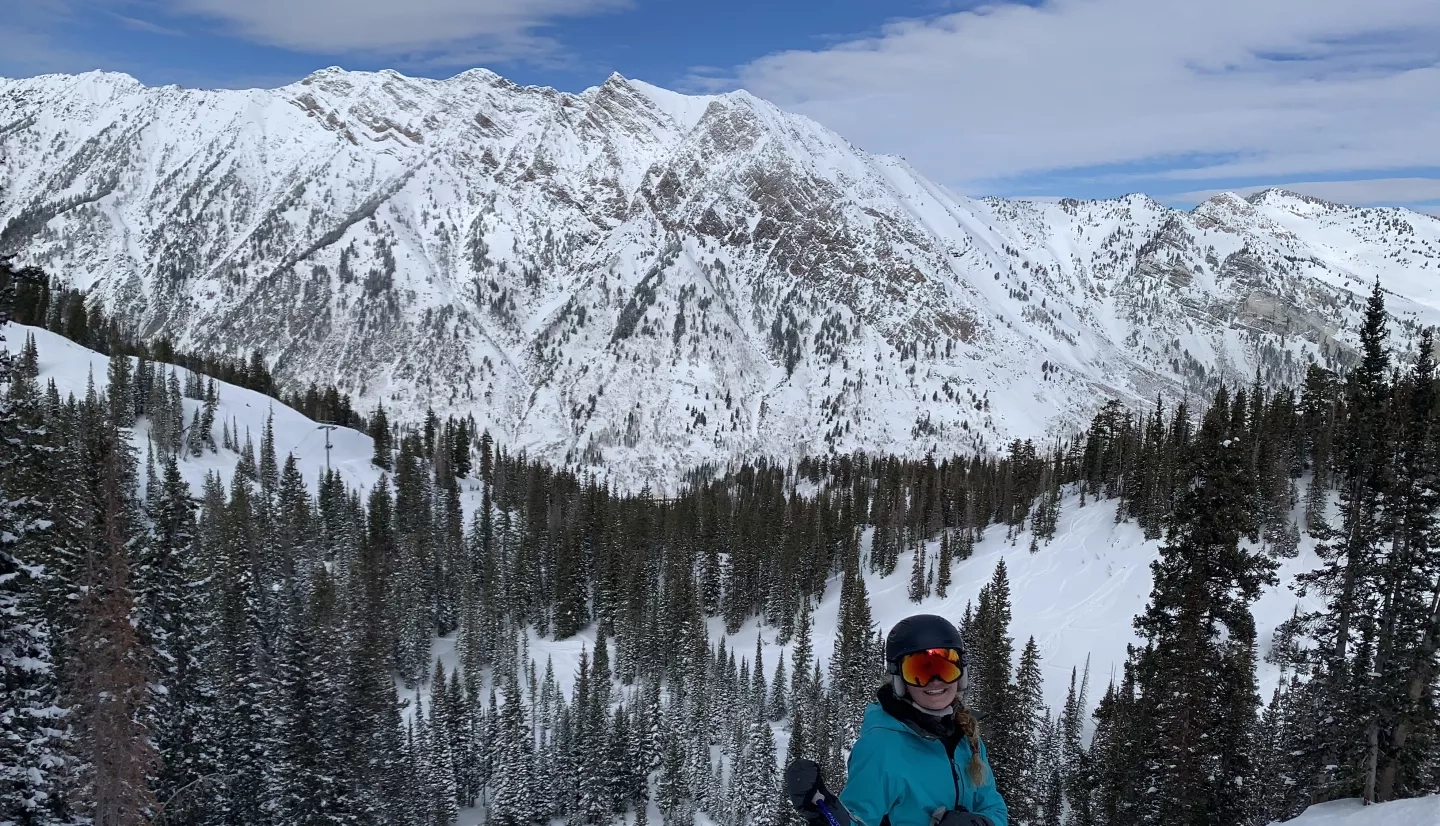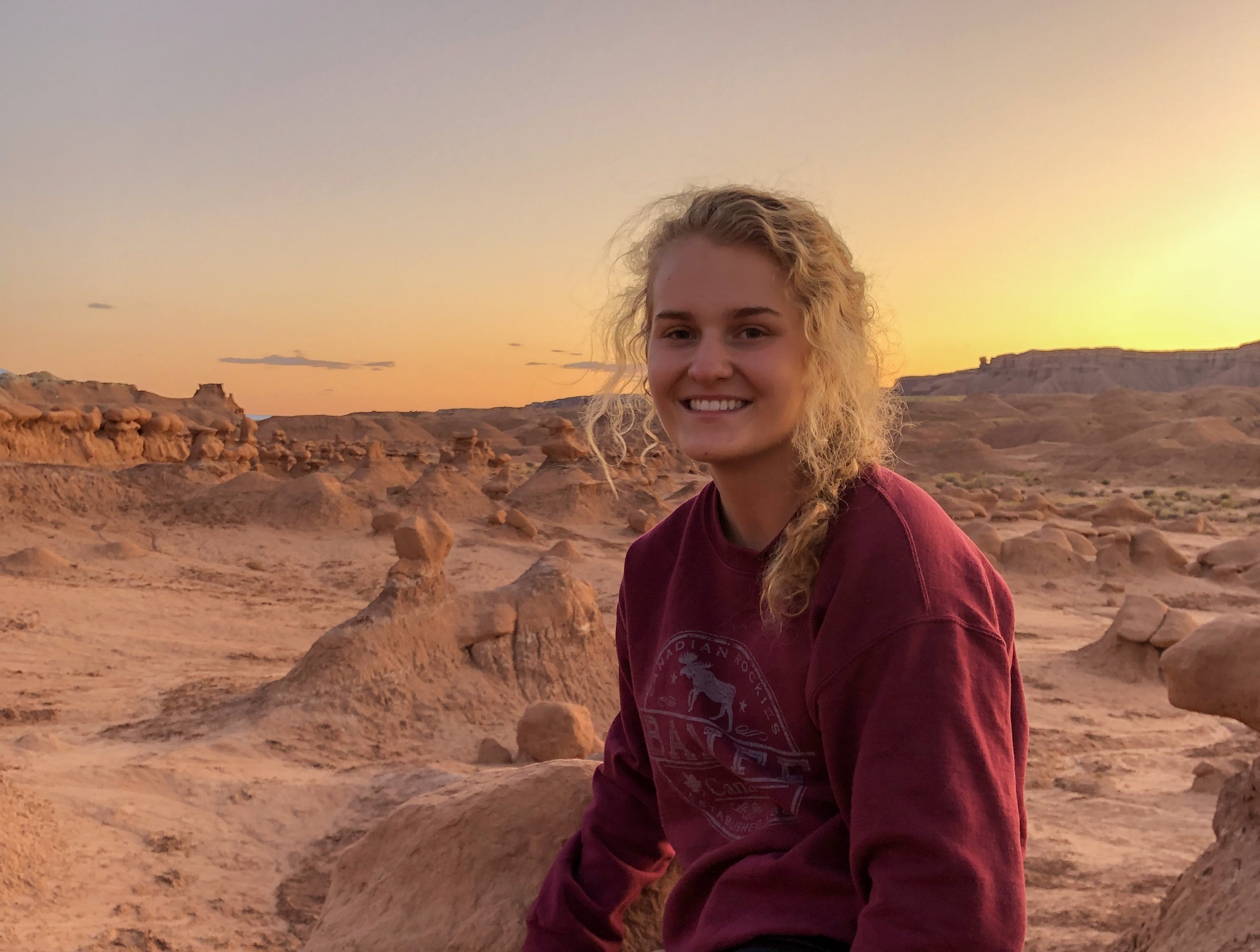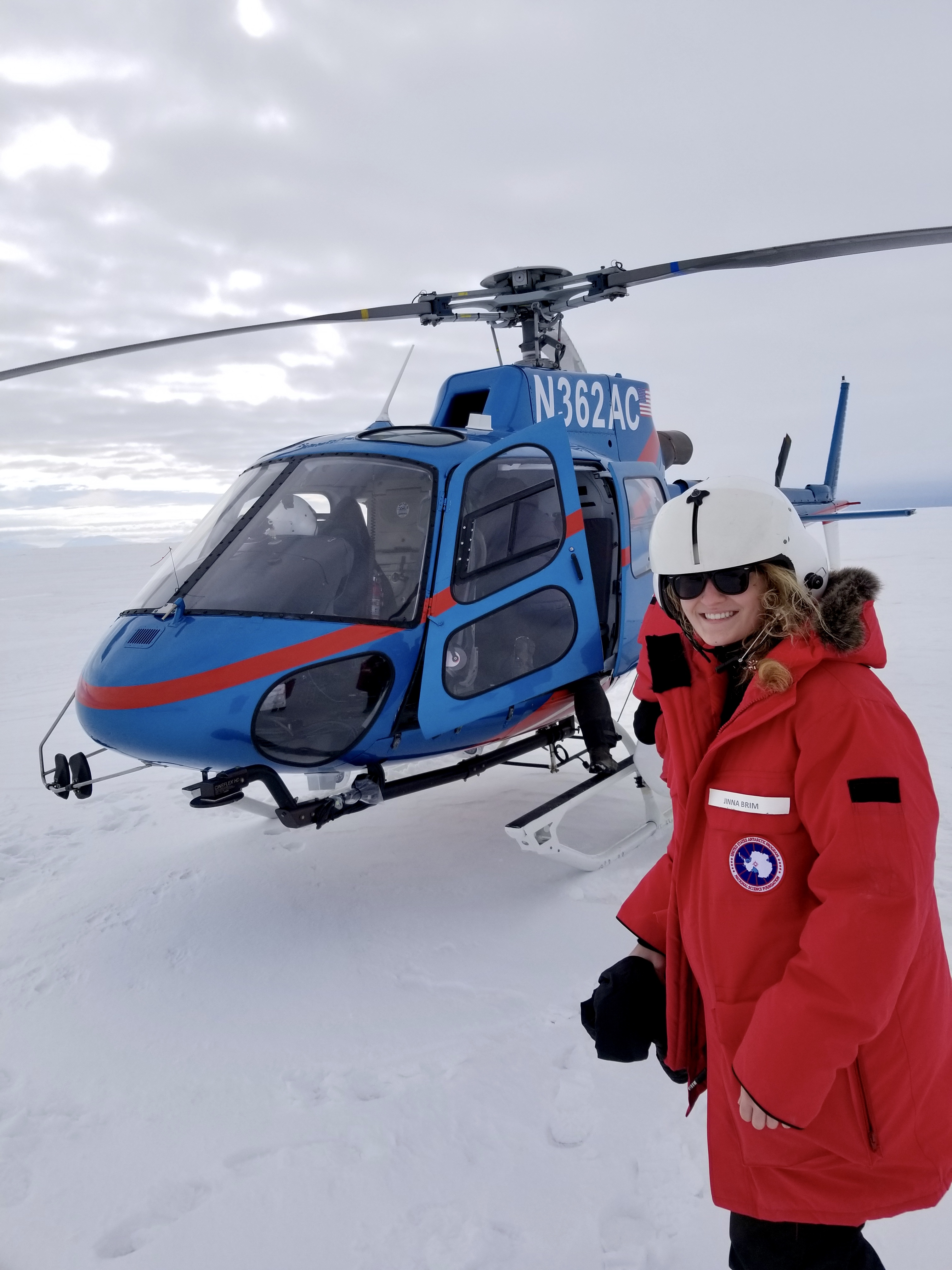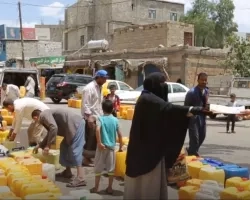DIVERSITY, EQUITY, INCLUSION AND ACCESSIBILITY (DEIA) TASK FORCE INTERN, BIOLOGY AND STATISTICS STUDENT AT BRIGHAM YOUNG UNIVERSITY
Jinna Brim has been an intern with NASA Earth Science Division and the DEIA Task Force since the fall and will continue her work in the spring. She grew up in Spokane, Wash. and loves to ski, hike, read and play volleyball. Once she graduates in December 2021, Brim hopes to attend graduate school and study the evolution of organisms in extreme environments. Learn more about Jinna and her work on promoting diversity, equity, inclusion and accessibility at NASA below.
Why did you want to intern at NASA?
Last winter, I assisted Byron Adams with field research in the McMurdo Dry Valleys in Antarctica on the McMurdo Long-Term Ecological Research project. Antarctica is one of the most extreme environments on our planet and I studied some of the microorganisms, nematode worms and tardigrades that are amazingly able to survive there. While working in the Crary lab at McMurdo, I met Alexander Gerst, a European Space Agency astronaut. I was inspired by his stories both about space and exploring the universe.
There are many parallels between surviving in Antarctica and space, as well as parallels in studying the extreme environments of Antarctica and Mars. People at NASA explore the unreachable and make revolutionary discoveries about our planet and universe during their explorations. I decided I wanted to be a part of that exploration and applied for a NASA internship as soon as I was back in the United States. I feel fortunate to intern at such an iconic and incredible institution.
What project you have been working on?
In the fall, I had the opportunity to conduct a demographic analysis of NASA Earth Science Division awards under the mentorship of Keith Gaddis. We set out to assess how effectively the Division serves different communities with their awards. Our thinking was that in order to set objectives for achieving inclusion, we should first examine how we have done in the past.
We conducted an analysis to determine (1) if the NASA Earth Science community demographically represents the United States scientific community and the United States as a whole and (2) if the award rate to minority serving institutions is representative of the makeup of US institutions. We examined race, gender, ability, and ethnicity as variables and found a significant difference in the demographics of NASA Earth Science Division applicants compared to US scientific communities and the country’s demographics. Although we found no significant difference when comparing selection rate relative to proposals in terms of gender, ability and ethnicity, there was a significant difference in selection rate in terms of race. This analysis allowed us to identify areas we need to focus on to increase inclusion.
I am continuing to work with the DEIA Task Force under Shanna McClain and Emily Sylak-Glassman. My current task is to analyze the diversity of the Applied Science partners in order to understand our partnerships and continue to identify gaps in opportunities.
What do you enjoy most about working on this project?
As the NASA core values state, embracing inclusion will “enable NASA to attract the best talent, grow the capabilities of the entire workforce and empower everyone to fully contribute.” A lack of diversity signals that many brilliant minds and unique perspectives are being excluded in scientific research, which has a detrimental impact on scientific advancement. Promoting inclusivity, especially in STEM fields, is a topic that is extremely important to me — but before interning at NASA I wasn’t sure how to tackle the issue. It has been a great opportunity to use my statistics skills to contribute to this subject.
I have been inspired by the DEIA team’s work and their dedication to promoting diversity, equity, inclusion and accessibility at NASA. I have learned how to personally be more inclusive and how to create environments where everyone feels like they are valued. There is great importance in identifying gaps in opportunities for racial, ethnic, gender, and ability groups. And although there is still a lot of work to be done to achieve inclusivity, I am hopeful that as we continue to focus our efforts, we will promote the full inclusion of all social backgrounds.
What do you wish you could tell your past self?
There is a place for you at NASA and in STEM. Working at NASA seemed like an impossible dream, partially because I thought only rocket scientists worked at NASA. As a scientist, the best thing to do is pick a subject you are passionate about and chase the opportunities that sound cool to you — especially the intimidating ones. This is the most exciting time in the world to be a scientist and if you want to, there’s no reason you can’t be a part of groundbreaking research.





